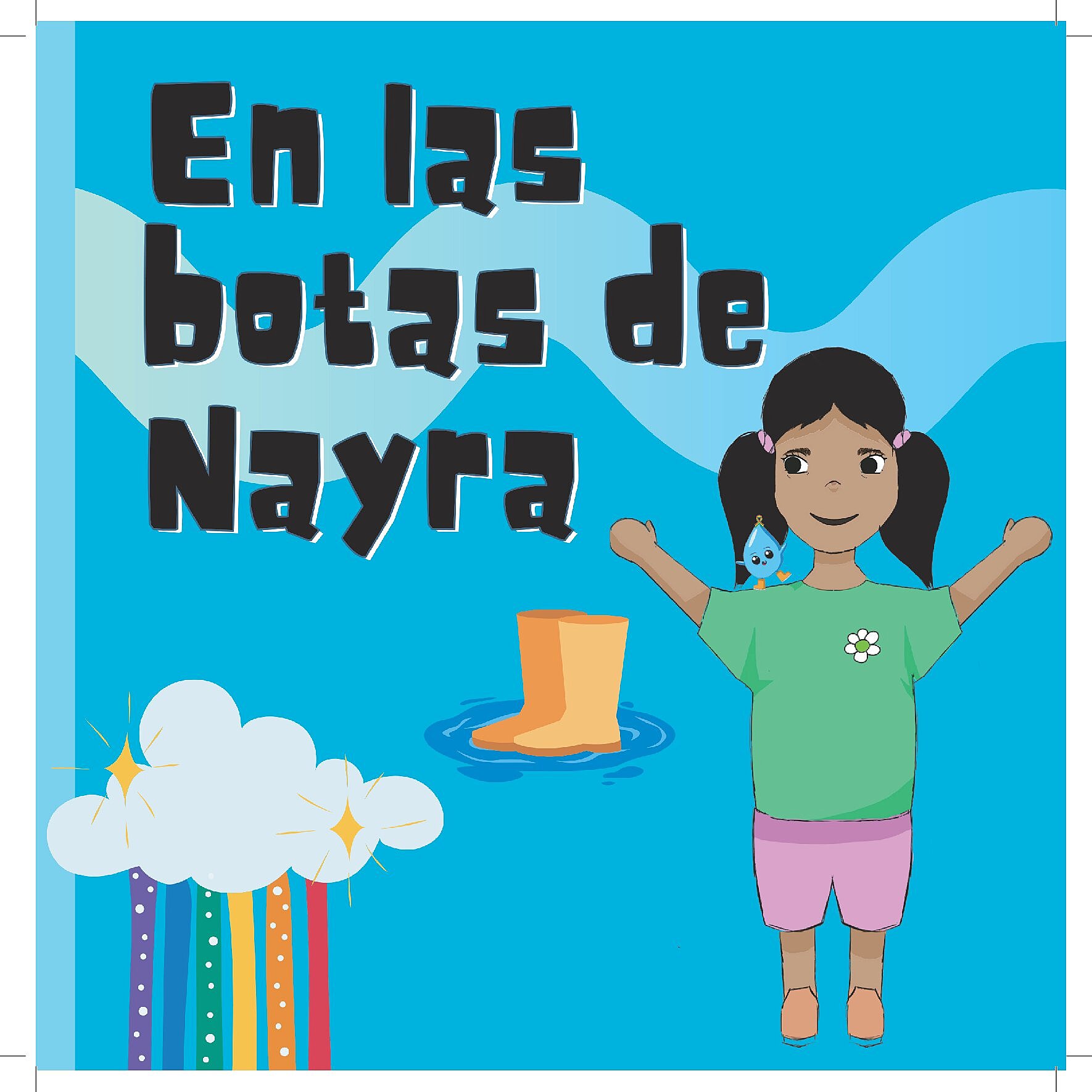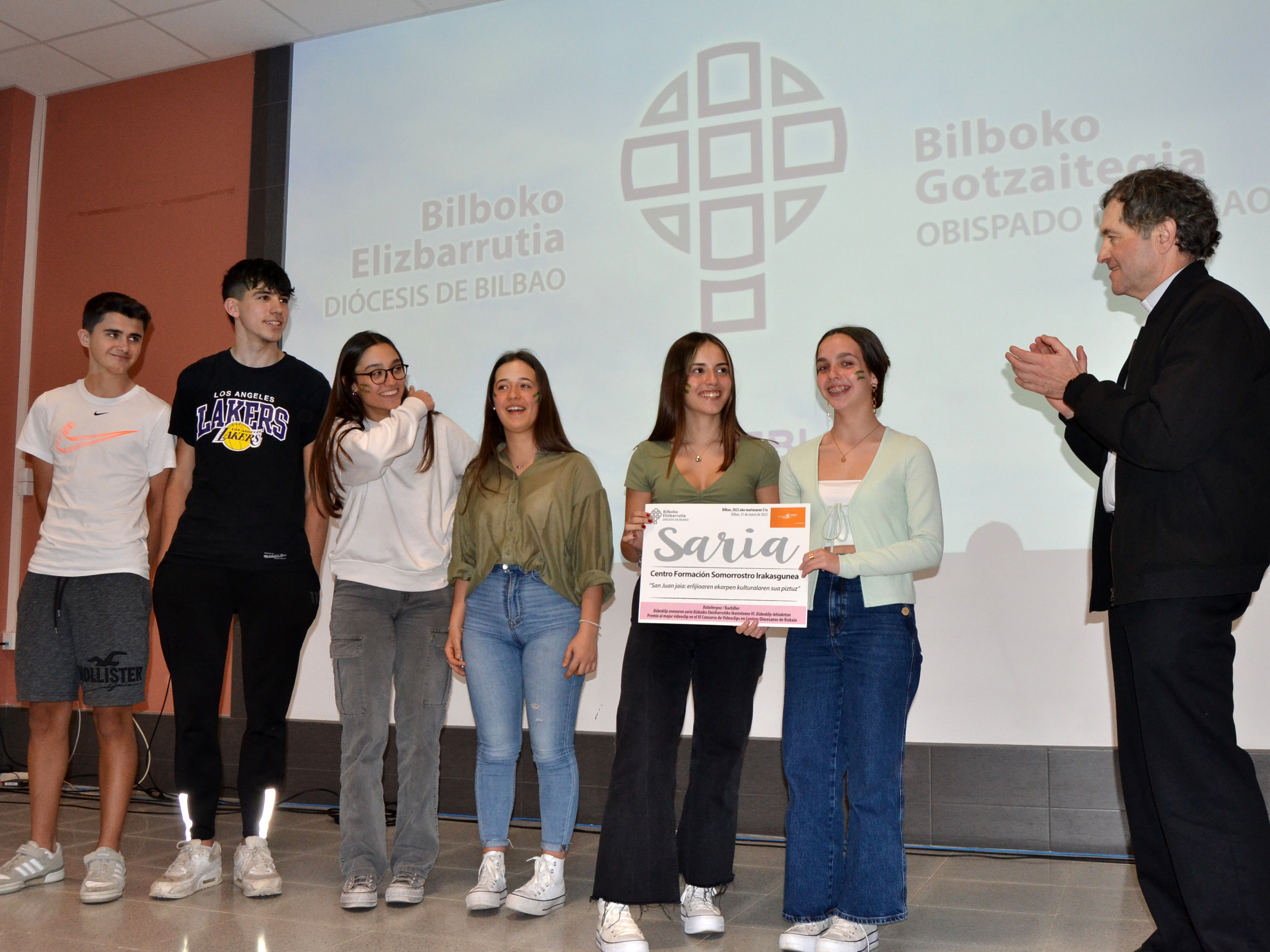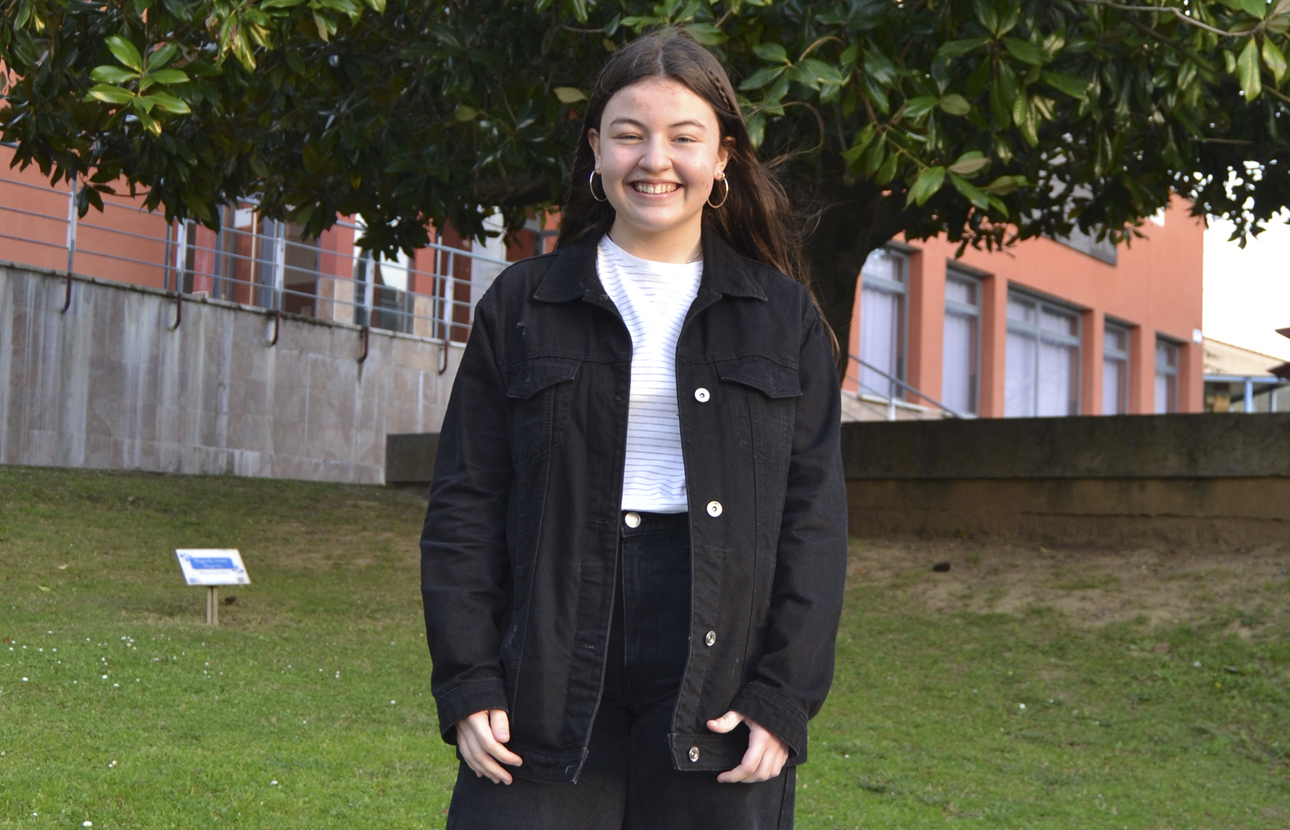The story, written by two students of Environmental Education and Control of the Somorrostro Centre, has been published by the NGO Zabalketa and will be distributed to primary schools in the area of the Valleys of Cruceños in Bolivia.
It has been thirteen years since Somorrostro began collaborating with the NGO Zabalketa, an association based in Getxo that has cooperation projects in Colombia, Bolivia, Mexico, Peru, Nigeria and the Philippines, among other countries. Teresa López de Armentia (Zabalketa’s collaborator) tells us that the aim of the project “was to present students with projects that incorporate training that goes beyond the environmental sphere and incorporates an approach linked to people and social justice“.
Currently, this collaboration has resulted in the design of an “ETHAZI challenge” (model of collaborative work in vocational training in the Basque Country) for the students of Environmental Education and Control, based on a real project of cooperation for development where a real environmental problem is worked on, but other problems linked to it are tackled, with aspects of human rights, gender equality, tolerance, etc. This has given an incalculable added value to the work of the students in the training cycle.
In the latest courses, the central theme of the challenge revolves around the environmental problems that exist in the Valleys of Cruceños in Bolivia. Problems of water pollution, deforestation, indiscriminate use of fertilisers and pesticides, waste generation, etc. are presented. The students, working in teams, must analyse the situation, look for the causes, choose an objective and propose a solution.

Last year, one of the groups, formed by Ane Llamosas and Unai Cítores, designed a very specific educational material, a story entitled “En las botas de Nayra” (In Nayra’s boots). This story was aimed at primary schools in the Valleys of Santa Cruz, where education in values and the objectives of sustainable development are essential elements. The central theme is the importance of protecting water quality, while at the same time contributing to advancing gender equality.
The protagonist is a self-confident girl with initiative who identifies a problem and seeks a solution, who turns to a community leader, empowered women who participate in community decisions, and her family to implement some of her proposals. For example, fencing in the chickens so that they do not contaminate the food, or fencing in the cattle to protect the water source. All of this while ensuring that the tasks are shared within the family regardless of gender.
In Ane’s own words, “the motivation to participate in a project like this is very special because they see that what they believe in can be applied in a real situation“. On this occasion, with the design of the story “we wanted to give a feminist vision to the work, give a twist to the social functioning of the area and present the protagonist doing the tasks that are reserved for children there“.
“It was very interesting to see how with the story they tried not only to work on the environmental aspect, but also to go into other problems such as women’s social participation”, says Teresa.
Unai, in charge of the graphic design, and Ane, the scriptwriter, have produced a beautiful story that will now be printed, thanks to the collaboration with the Basque Agency for Development Cooperation of the Basque Government, and distributed in schools in Bolivia to show them the importance of water, its problems and especially to show them that the role of boys and girls can be the same and thus work on the redesign of the roles of men and women and give visibility to the role of women in Bolivia.
















